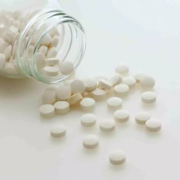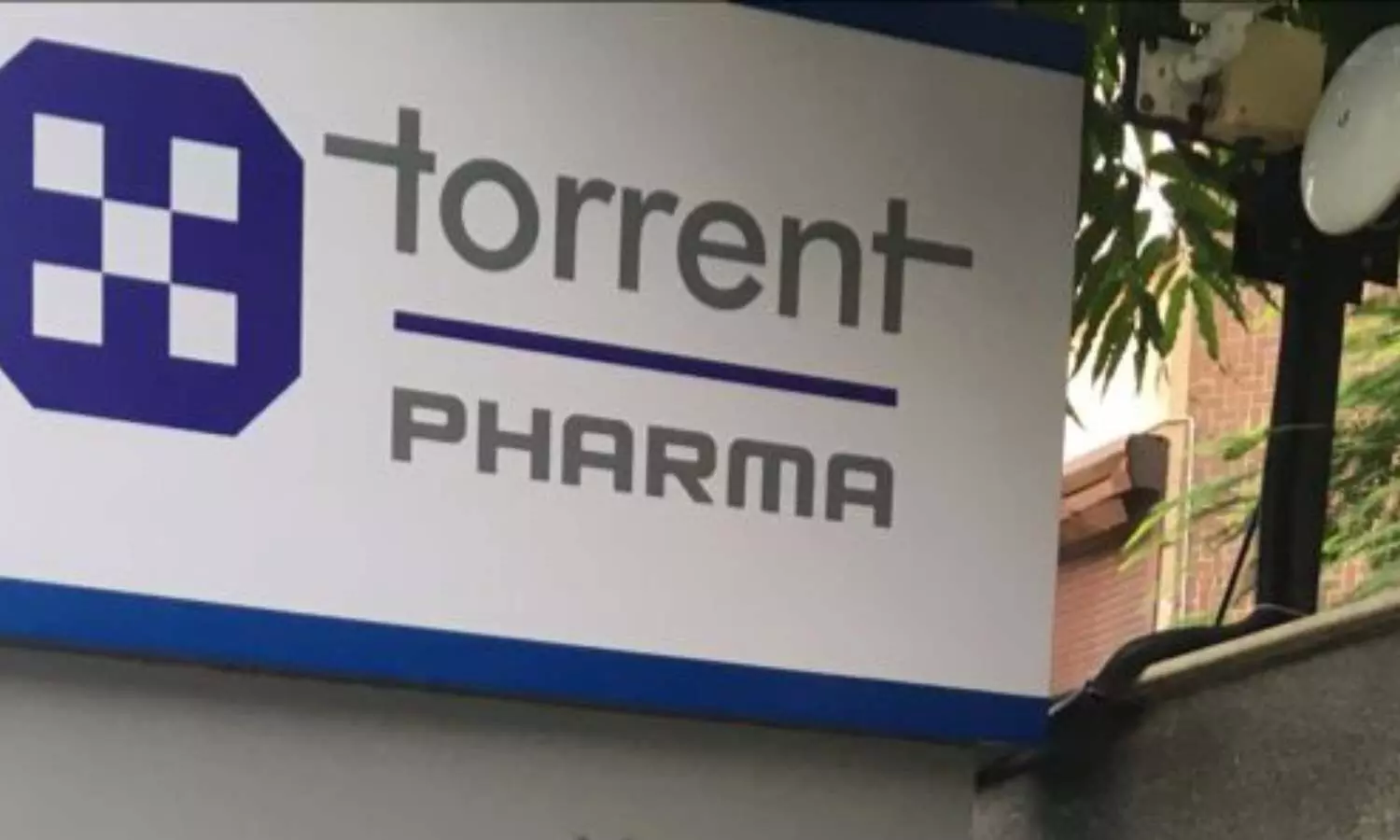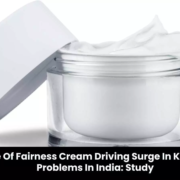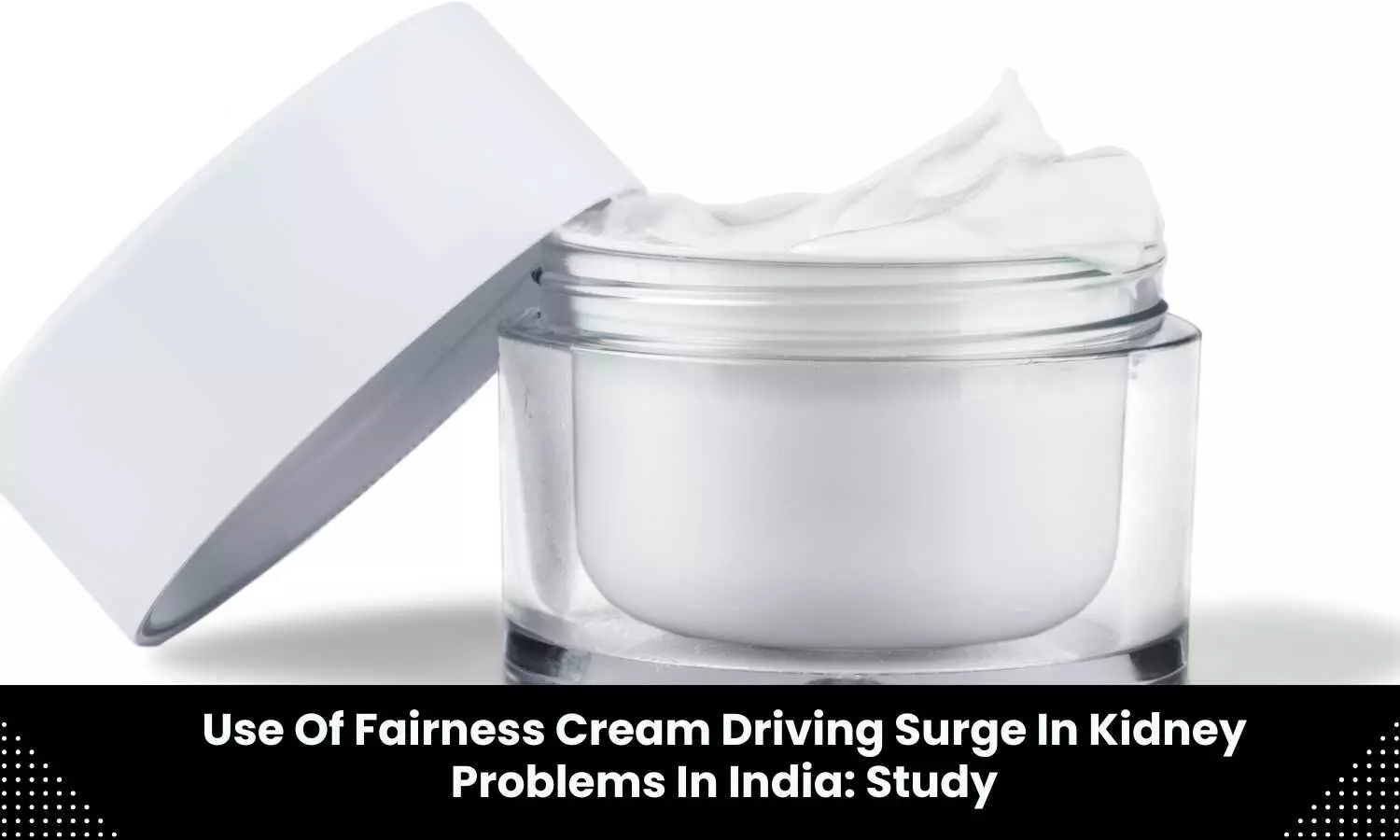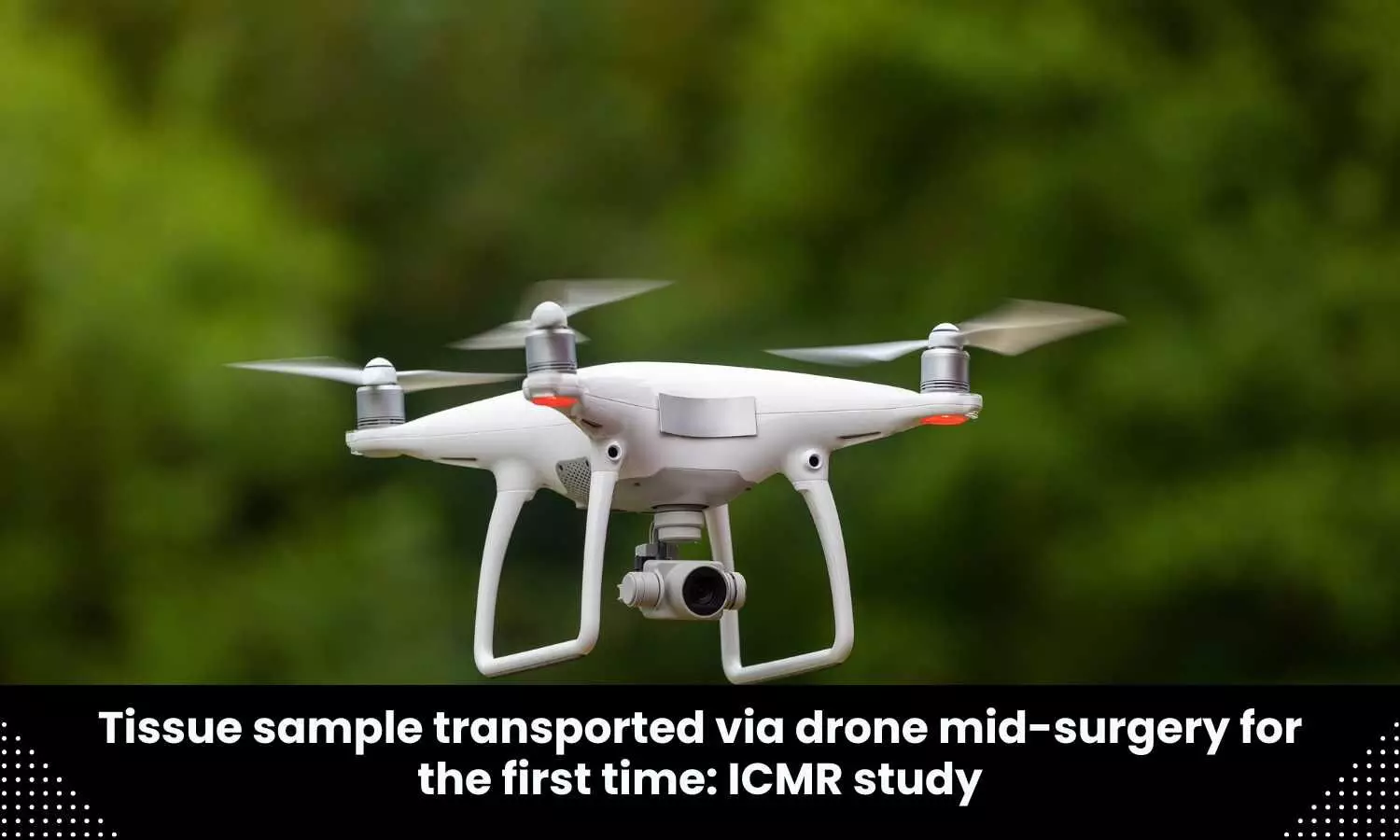Can Probiotics Keep My Gut Healthy?
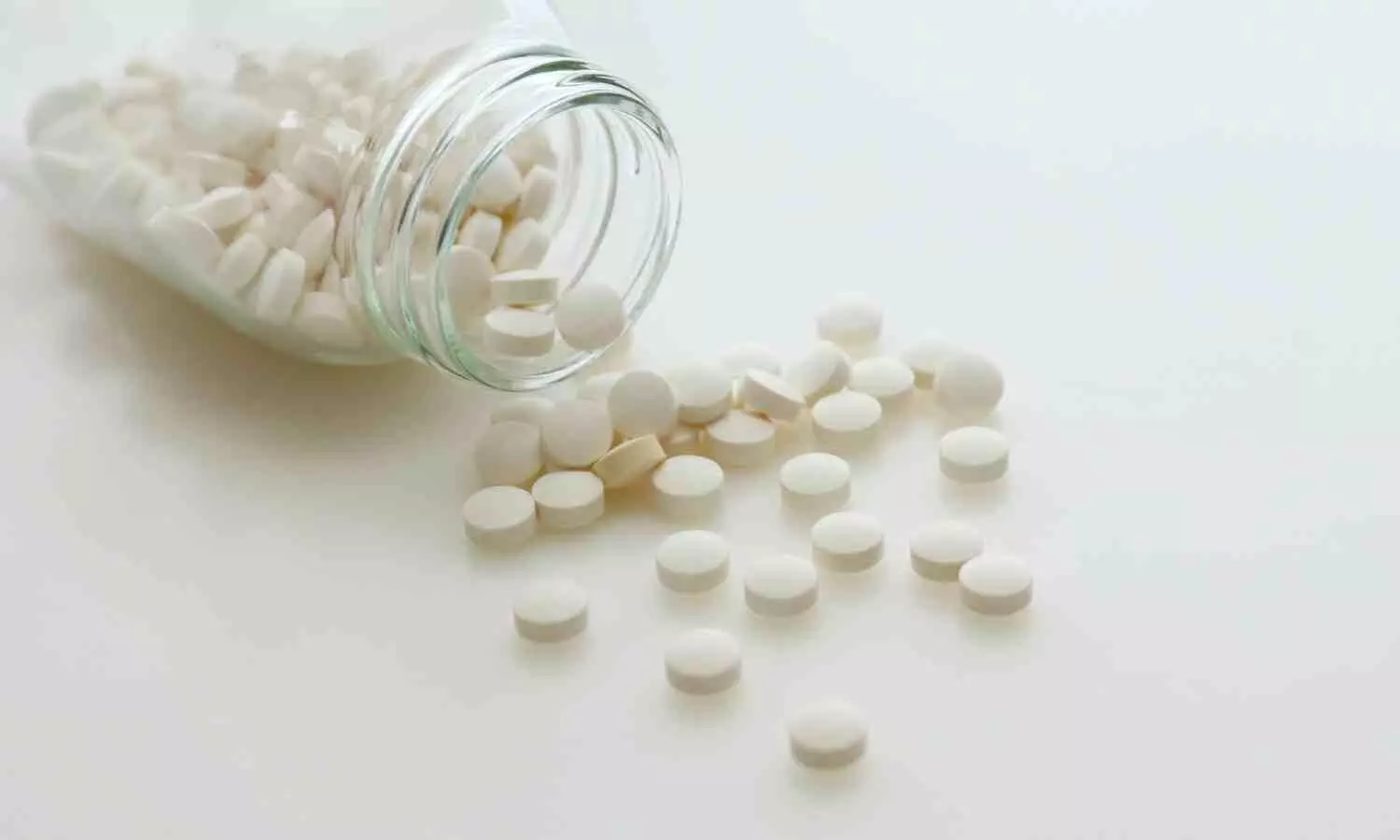
There’s convincing evidence that probiotics can be helpful in maintaining gastrointestinal health in certain select situations.
But like many natural approaches to maintaining health, there’s been a tendency toward generalizing the benefits, so probiotics are frequently touted as a panacea for all types of health problems. Many advertisements and Internet postings say probiotics are effective for the treatment of asthma, dermatitis, and a wide diversity of other conditions. At best, there is marginal evidence that probiotics are helpful for many of these conditions.
There’s been a lot of work that’s been done on probiotics in the management of irritable bowel, which is important since it’s such a common condition: it’s estimated that upwards of 15% of the U.S. adult population has irritable bowel. I would say that all the studies summarize that certain probiotics seem to help a little bit with irritable bowel, but quite frankly, the magnitude of the benefit tends to be very small. and it’s probably not adequate as the management of irritable bowel by itself.
Where they have been convincingly shown to be beneficial is in the treatment or prevention of certain kinds of diarrhea. Rotavirus is a common cause of infectious diarrhea in infants and children. Once a child has the ‘gastrointestinal flu’, there’s strong evidence to show that probiotics reduce the duration and severity of the illness. There’s less convincing evidence that suggests probiotics can be used to prevent it.
Let’s say your child’s school sends home a note that says 30% of the class is out with gastrointestinal flu. You could give your child the appropriate probiotic with the hope that it might prevent them from developing it. But if they get sick and you administer it to them, it’ll probably shorten the duration of the disease.
The probiotic most consistently shown to be effective in this situation is Lactobacillus GG, which was developed at Tufts University by Sherwood Gorbach and Barry Goldin of the medical school. You can buy it at drugstores under the name Culturelle. A yeast called Saccharomyces boulardii, sold in stores under the name Florastor, also seems to be effective in managing childhood infectious diarrhea.
A second instance where probiotics can be useful is with antibiotic-associated diarrhea. When people go on antibiotics—whatever kind that may be—they frequently develop diarrhea. There have been a number of trials in which people were administered certain probiotics along with the antibiotics used to treat an infection, and that helped prevent diarrhea. Two probiotics have been shown to be effective for this problem: Lactobacillus GG and Saccharomyces boulardii.
For people who often go on antibiotics—say, a woman who gets a lot of bladder infections and then gets diarrhea from the antibiotic—it would make sense to take one of these products along with the antibiotic and extending for a few days after the antibiotic stops. The data suggests that to be effective in the prevention of antibiotic-associated diarrhea, the probiotic should be taken for upwards of a week after you stop taking the antibiotic.
In some cases of antibiotic-associated diarrhea, a very nasty bug called Clostridium difficile takes over because the antibiotics have knocked out the good bacteria in your gut and this bug fills the void. C. diff, as it is known, can cause dysentery, bloody diarrhea and fever, and can even be life-threatening. The only organism that has been shown to convincingly prevent C. difficile is Saccharomyces boulardii.
A major addition to the list of things that probiotics seem to be effective for is traveler’s diarrhea. There are now pretty convincing data that these same two probiotics, Lactobacillus GG and Saccharomyces boulardii, are each effective in reducing the risk of traveler’s diarrhea.
For people who want to avoid developing this kind of traveler’s diarrhea, taking one of these two probiotics seems to sizably reduce the risk. You also can take Pepto Bismol tablets, two tablets four times a day. This has been shown to also be effective. So, there are a couple ways that people can try to protect themselves from developing traveler’s diarrhea aside from being careful about what they eat and drink.
Many people eat yogurt or kefir because it contains probiotic organisms, but studies looking at the potential usefulness of probiotics in a rigorous scientific manner have generally used pure preparations in tablets or capsules, not yogurt. And in many brands, the organisms used to make the yogurt or kefir aren’t necessarily the ones are effective in clinical trials. I can’t say that fermented dairy products aren’t effective. But whether the helpful bacteria you get by eating yogurt are really as effective as pure probiotics is up for debate right now.
People taking probiotics should also be aware that they are not totally innocuous for all individuals. A lot of people say, “This is natural; it might help, and it won’t hurt, so I may as well take it.” Remember that when you’re taking a probiotic, you’re swallowing billions of bacterial spores, and there are rare situations in which those spores can set up a serious infection in your body. Lest I create too much anxiety: this complication seems to occur only in people whose immune systems are suppressed by drugs or other diseases, or who are critically ill.
The most important message is to pay attention to which probiotics you take. There’s a myth that all probiotics are the same, but because they’re not viewed as drugs, they are not regulated by the Food and Drug Administration, so there can be problems with quality control. When you take a probiotic, you assume you’re ingesting billions of bacterial spores that will hatch and result in live bacteria in your gut.
But there are probiotics you can buy in which 99 percent of the spores are dead—you may as well throw your money away. Moreover, if you’re going to approach this scientifically, you have to pay attention to the particular species of bacteria or yeast that you’re ingesting. When I put patients on probiotics, I’m very specific about what products to take.
Powered by WPeMatico

